12 Essential Indoor Garden Tools for Beginners
Starting an indoor garden can be a fun and rewarding experience, but having the right tools can make all the difference. Whether you’re growing houseplants, herbs, or small vegetables, having the essential tools on hand will help you take care of your plants more effectively. From watering cans to pruning shears, the right equipment ensures that your gardening tasks are easier and more enjoyable. With the proper tools, you’ll be able to nurture your indoor garden and watch it thrive with minimal effort.
This post may contain affiliate links, which helps keep this content free. Please read our disclosure for more info.
Gardening Gloves
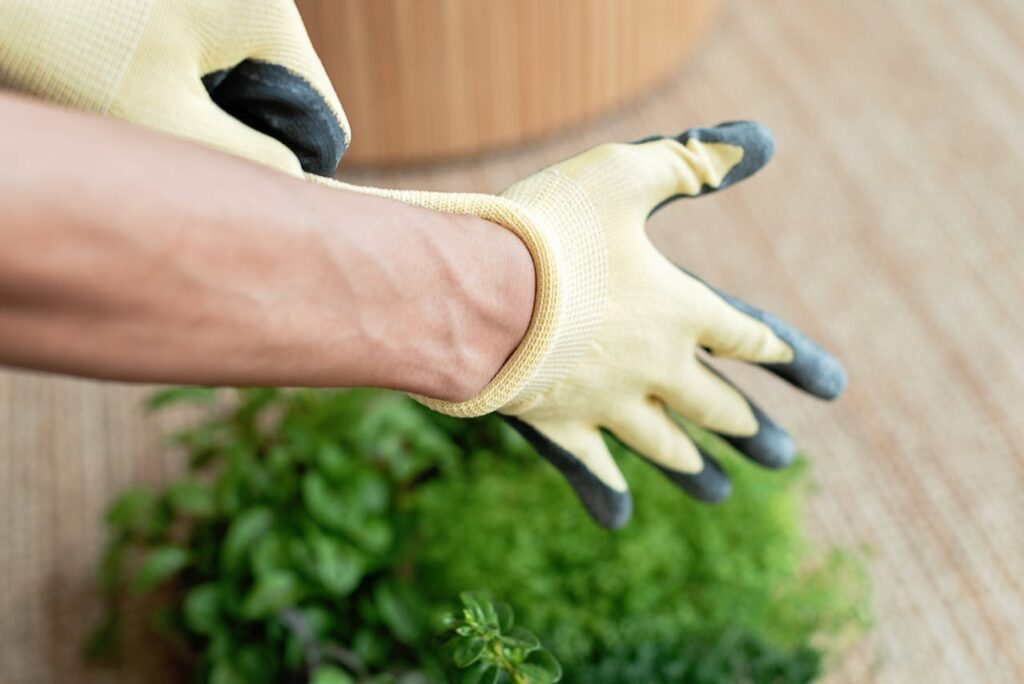
A good pair of gardening gloves is essential for beginners who want to protect their hands while handling soil, pruning, or repotting plants. Gloves keep your hands safe from dirt, sharp tools, and even the potential for plant irritants. They also offer a better grip when dealing with pots or moving plants around. For indoor gardening, look for gloves that are breathable, flexible, and waterproof to provide comfort while you work.
A comfortable pair of gloves will make gardening tasks more enjoyable and prevent any injuries. They are especially useful when working with thorny plants or when your hands will be exposed to soil for extended periods. Many gloves come with reinforced fingertips and palms to add durability and protection.
Watering Can

A watering can is one of the most basic but vital tools for any indoor gardener. For beginners, it’s crucial to have a watering can with a narrow spout, which allows for precision when watering your plants. This helps prevent over-watering or spilling water on nearby surfaces. Make sure the watering can holds enough water to avoid frequent refills, especially if you have multiple plants to care for.
Watering cans come in various sizes and materials, so choose one that fits comfortably in your hand and is easy to maneuver around your plants. Some have longer handles, which can help you reach high places or deep containers. A well-designed watering can is a simple yet effective tool that enhances your overall gardening experience.
Pruning Shears
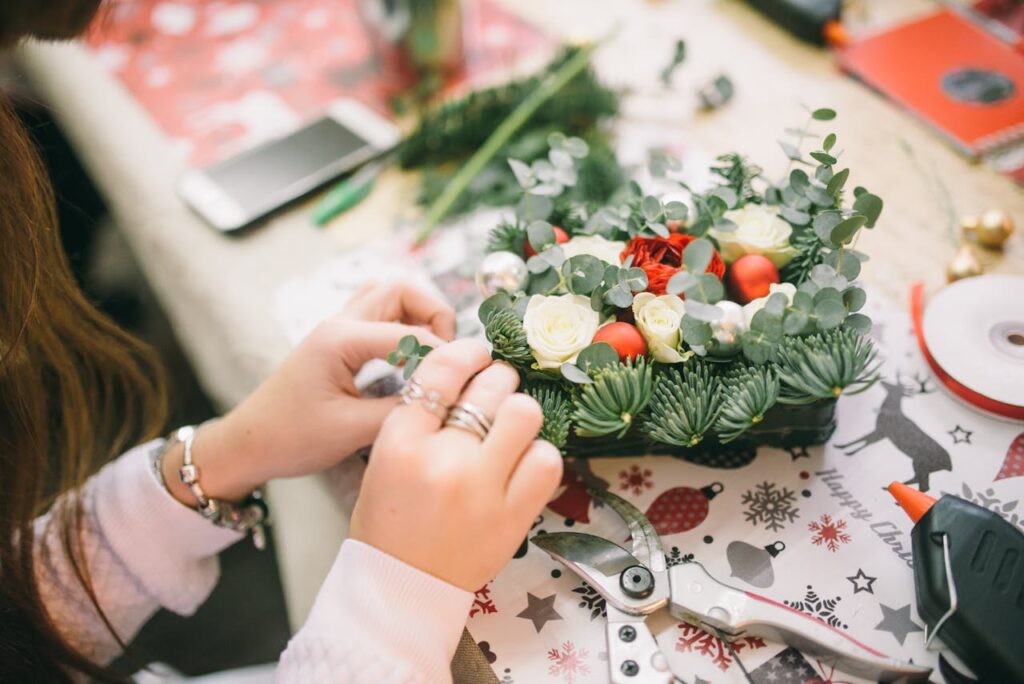
Pruning shears are an essential tool for trimming and shaping your plants. They help remove dead or damaged leaves and branches, allowing your plants to grow healthier. For beginners, a pair of quality shears will make cutting easier and more precise. Sharp blades ensure clean cuts, which help the plant heal quickly and prevent disease.
Pruning shears come in different designs, such as bypass and anvil shears. Bypass shears are ideal for cutting soft stems, while anvil shears are better for harder, thicker branches. Having the right type of shears will make it easier to maintain your plants and keep them looking their best.
Hand Trowel
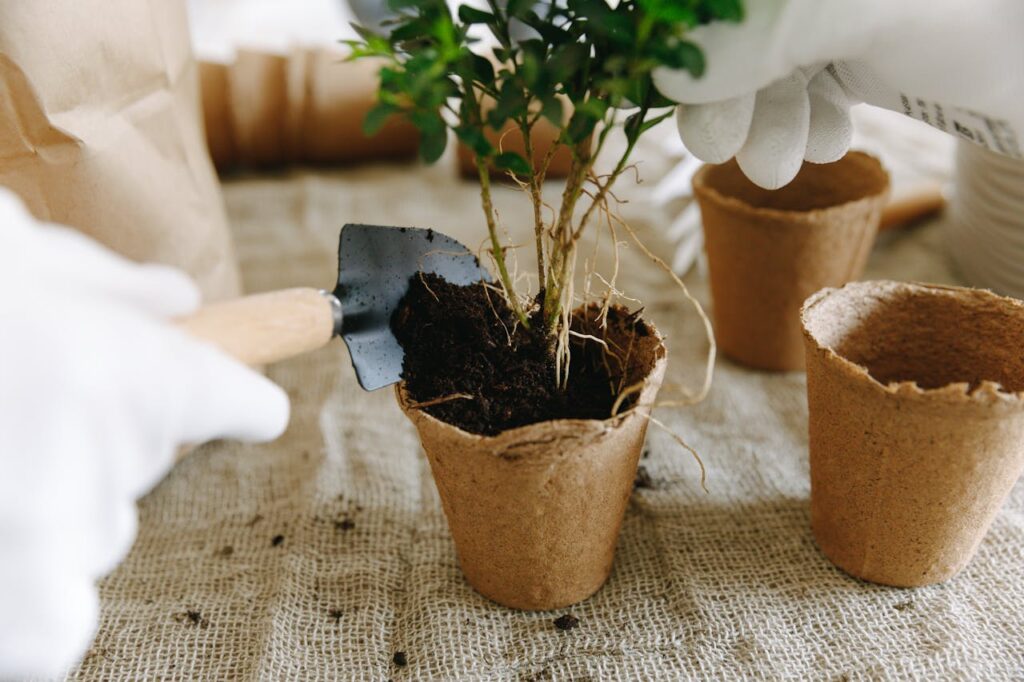
A hand trowel is an indispensable tool for planting, transplanting, and digging holes in your indoor garden. This small, handheld tool makes it easy to move soil, plant seeds, or remove weeds without causing damage to nearby plants. The trowel’s pointed tip allows you to dig deeper into containers, ensuring that your plants are well-rooted in the soil.
Choosing a lightweight trowel with a comfortable handle will make gardening tasks much easier, especially for beginners who may be unfamiliar with the different tools. You can also use a hand trowel to loosen soil, mix compost, or aerate plant pots for better drainage and root health.
Plant Mister

A plant mister is perfect for maintaining the humidity levels around your indoor plants, especially for tropical species that thrive in moist environments. Misting your plants helps prevent them from drying out, particularly in the winter when indoor air can become dry. It also helps create a more comfortable microclimate for the plants to grow in, especially in areas with artificial heating.
A plant mister is easy to use and can be a quick and efficient way to hydrate your plants between regular waterings. When choosing a mister, opt for one with an adjustable nozzle to control the spray intensity and coverage. This tool is small, portable, and can be used with ease for daily plant care.
Soil Scoop

A soil scoop is a handy tool for transferring soil into pots, containers, or raised beds. It helps reduce spills and makes it easier to work with soil when repotting or planting new seeds. For beginners, a soil scoop can greatly speed up tasks like filling up pots or mixing soil with fertilizer or compost.
Look for a scoop with a flat edge for easy leveling and a handle that provides a good grip. You can find scoops in different sizes, so choose one based on the size of your indoor plants and containers. This tool ensures that your soil is handled efficiently without making a mess.
Plant Labels
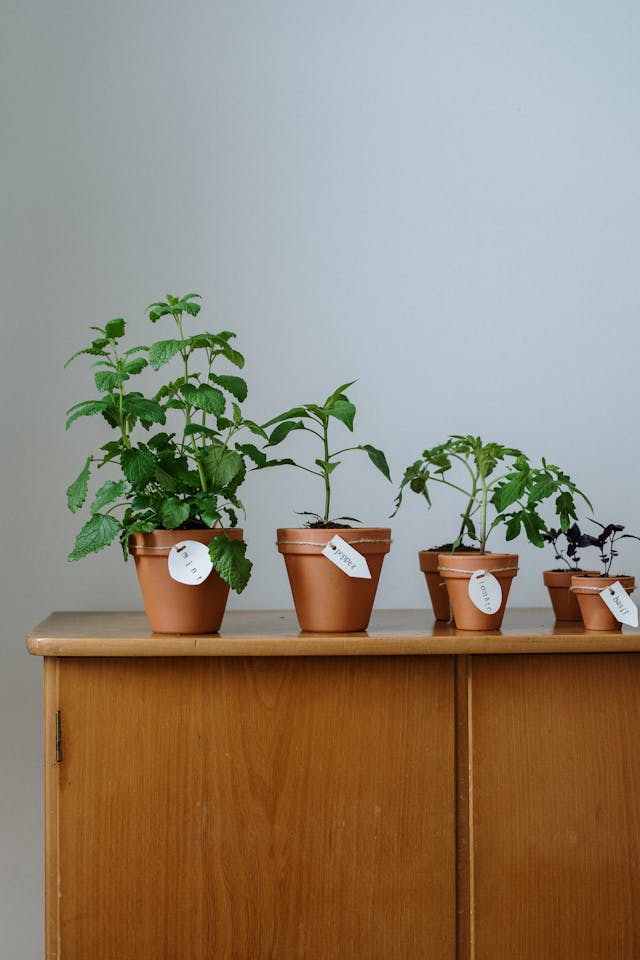
Plant labels are an often-overlooked but essential tool for indoor gardening. They help you keep track of your plants, particularly when you have a variety of species. Labels are great for noting the plant’s name, the planting date, or any special care instructions. This is especially useful for beginners who are still learning how to care for different types of plants.
You can find labels made from plastic, wood, or metal, and they come in different shapes and sizes. Choose labels that are durable and easy to write on. By labeling your plants, you will have a much easier time identifying and caring for them properly.
Plant Stand

A plant stand helps you display your plants in a way that enhances their visibility and allows for better growth. By elevating your plants off the floor, you can improve air circulation and make watering easier. A plant stand can also help you organize your plants in an attractive arrangement, maximizing the space in your indoor garden.
When choosing a plant stand, make sure it is sturdy enough to hold your plants and easy to move. It is particularly useful for small indoor gardens where space is limited. A plant stand adds both function and style to your gardening setup.
Grow Lights
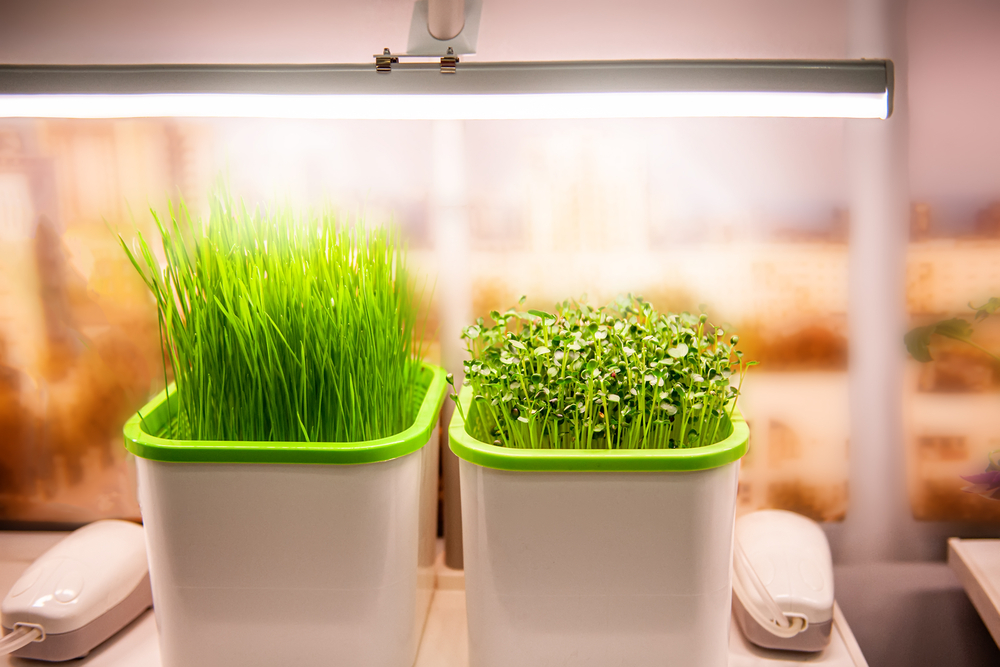
Grow lights are crucial for indoor gardeners who may not have access to sufficient natural light. These lights mimic sunlight, providing plants with the necessary spectrum of light they need to grow strong and healthy. For beginners, grow lights are particularly helpful when you want to start seedlings or grow plants in low-light environments.
LED grow lights are energy-efficient and have adjustable settings to cater to different plant needs. Having a grow light ensures your indoor plants get the light they need to thrive, especially during the darker months or in rooms with little natural sunlight.
Soil Moisture Meter
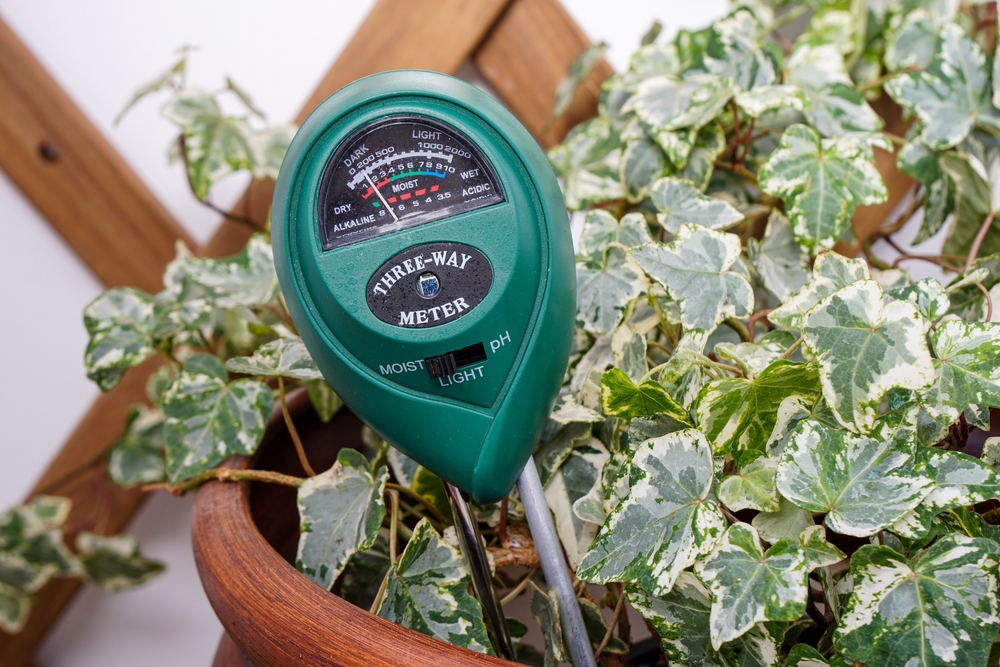
A soil moisture meter helps you monitor the moisture levels in your plant’s soil. This is a vital tool for beginners who may not be sure when to water their plants. The meter allows you to check if the soil is too dry or too wet, which helps prevent overwatering or underwatering, common mistakes for new gardeners.
A simple moisture meter with clear readings makes watering decisions more straightforward. It ensures your plants receive the right amount of water, helping them flourish without stressing over watering schedules. This tool helps reduce trial and error when it comes to maintaining proper soil moisture.
Compost Bin

A compost bin is a great way to recycle organic waste and create rich, nutrient-dense compost for your indoor plants. For beginners, it’s an excellent tool for improving soil quality and promoting healthier plant growth. Composting allows you to recycle kitchen scraps like fruit peels, coffee grounds, and eggshells, which can be added to your plants for added nutrition.
Look for a small compost bin designed for indoor use, which typically comes with a lid and filters to control odor. By composting at home, beginners can enrich their indoor garden’s soil naturally, reducing the need for store-bought fertilizers.
Bucket
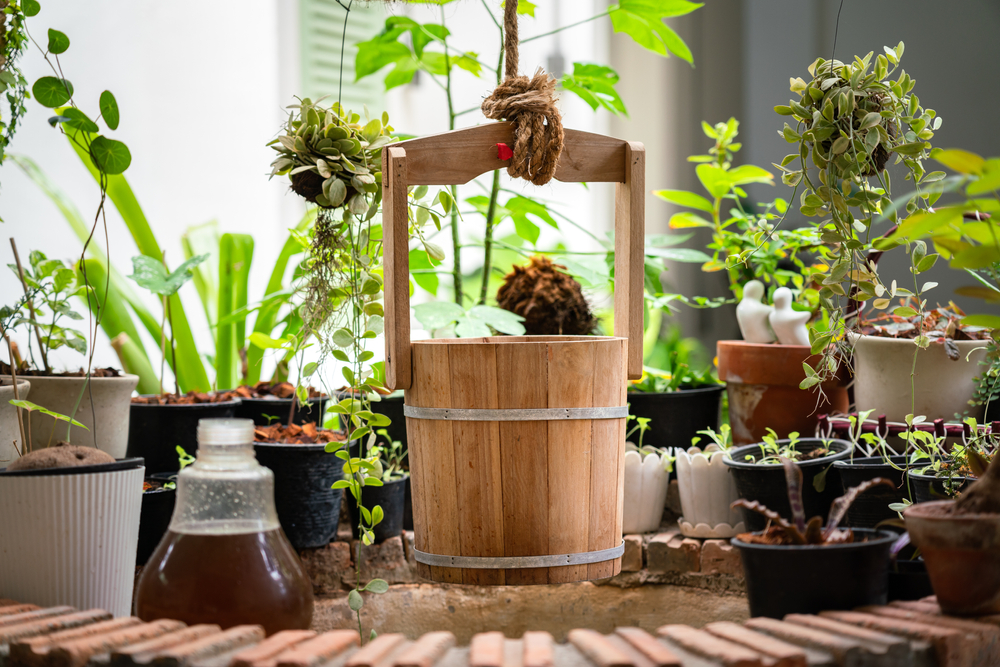
A bucket is a simple yet essential tool for carrying soil, water, tools, and other materials for your indoor garden. It’s incredibly useful for mixing soil, transporting water, or moving heavy pots. For beginners, a bucket makes gardening tasks more efficient and organized.
Choose a bucket that is lightweight but sturdy, with handles for easy carrying. Having a reliable bucket around ensures that you have a convenient way to transport and handle materials as you care for your indoor plants.
This article originally appeared on Avocadu.
